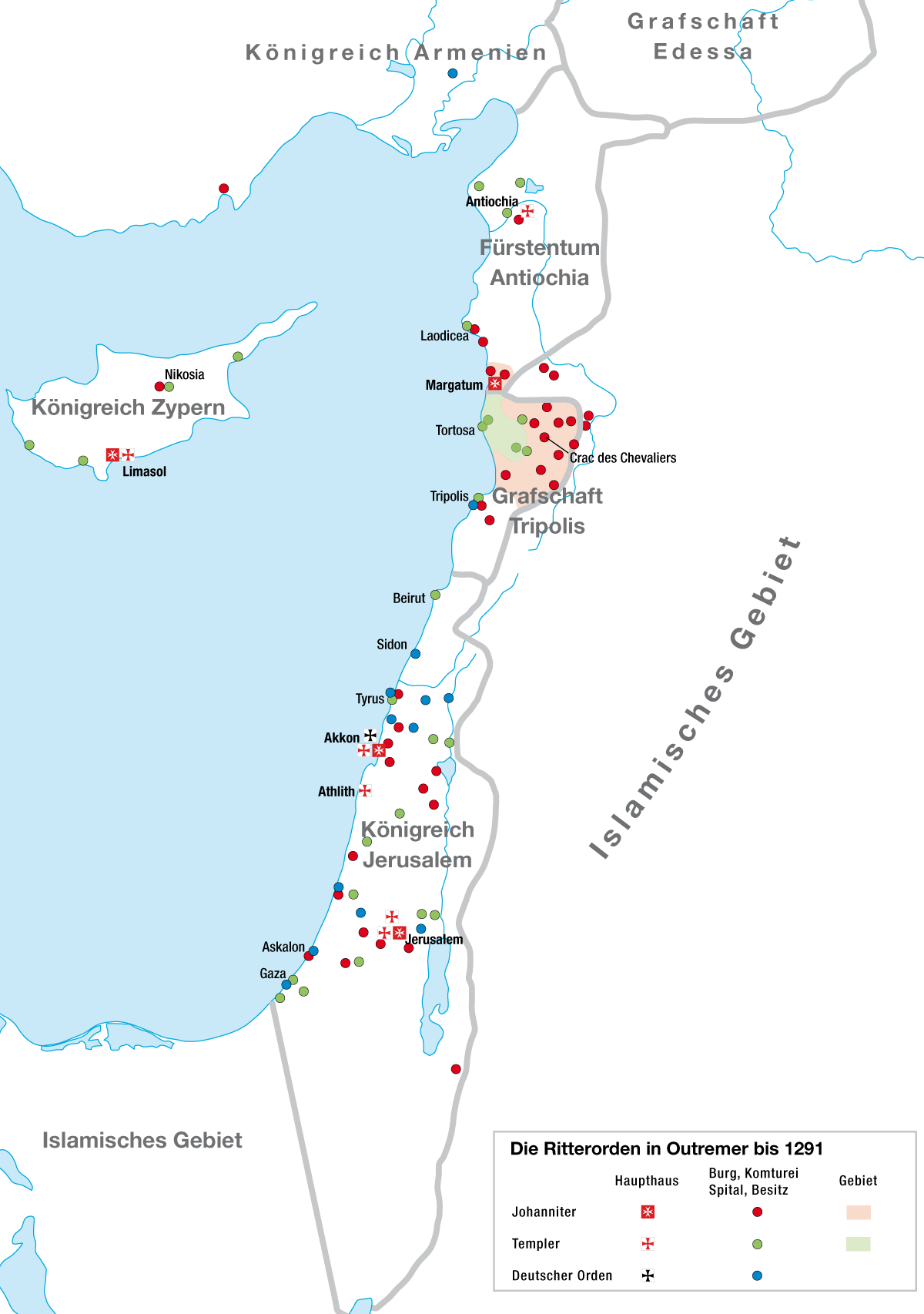P
PapyrusDouay
Guest
I still have hope that someone with more formal background in these spiritualities will comment some more. But i’ll try to dive into it a little bit. But keep in mind my own descriptions are heavily influenced through my own background and spirituality, so the way I describe things, I can almost guaruntee you, is not how a Benedictine or Carmelite may describe it, but I’ll do my best.I specifically would like to know about the differences in spirituality.
Can anyone address?
For Carmelite Spirituality, I think the important piece to remember is that it is “eremetical”, that is, they’re “hermits”. Even if an individual is not ACTUALLY a hermit, that concept is key to Carmelite spirituality…in my non-Carmelite opinion. That is, it’s a solitary spirituality, where the individual spiritually retreats to the desert/cave/Mount Carmel, where they seek union with God. Carmelite spirituality is highly contemplative. In this context, contemplation refers to the union with God that they seek, a “Divine Indwelling” (Carmelite term). It is to be totally and mystically absorbed in the presence of God, or the dwelling of Him within, as it’s not anything we ourselves can achieve. Rather, it is only a gift from God.
For Benedictines, it’s a little difference. Like Mt. Carmel, monasticism has its roots in the “Desert”. However, unlike Mt. Carmel and hermits, monastics brought their spirituality to a more communal environment, so while sharing some similarities, they do not live an eremetical lifestyle, and community is an important aspect of the life. For the Benedictine, “Ora et Labora” is the foundation of their life, and they seek to balance a cycle of Prayer, Work, and Rest. St. Benedicts rule deals in large part with how to do that in a healthy way. It seems to me that the routines are and rhythm to the way of life is important as well.
Jesuit Spirituality has been mostly addressed in past posts, but to contrast that this with Carmelite and Benedictine spiritualities in one post, there is a strong emphasis on discerning how God is working in one’s life, as well as the world around us with Ignatian spirituality.
Carmelite and Benedictine spiritualities were adapted in a way to make them livable for the secular world. Jesuit/ Ignatian spirituality hasn’t really had to make many adaptations, as it was specifically designed by St. Ignatius to be available and helpful to everyone, even those working and living in the secular world. The only major adaptation was done by Ignatius himself, when he took the 30-day Spiritual Exercises retreat, and adapted it to a 30-week retreat so busy people could fit it into their everyday lives with minimal disruption to their normal schedule.
I hope this is somewhat helpful.

